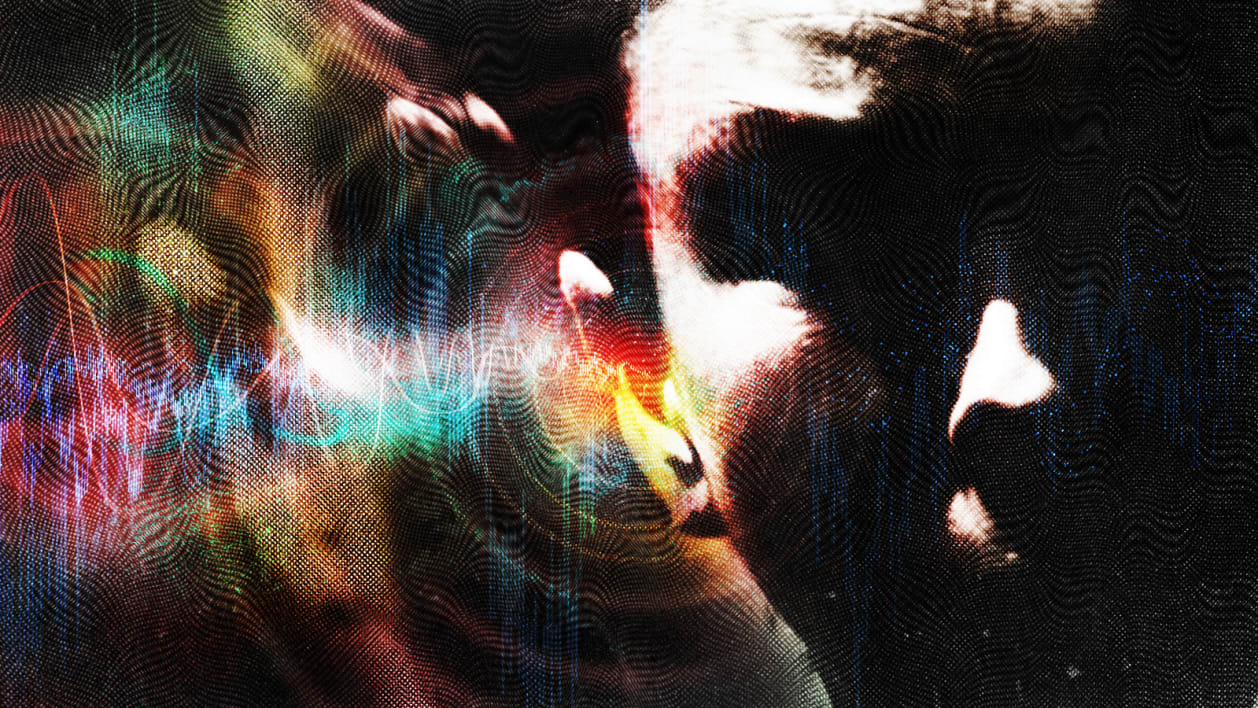دبي الإمارات العربية المتحدة (CNN)-- إذا كنت تتجول ليلاً على طول الواجهة البحرية في مدينة "ويست بالم بيتش" بولاية فلوريدا الأمريكية، فقد تسمع أغاني الأطفال التي تعلق في الأذهان، كأغنية "Baby Shark" الشهيرة، والسبب في تشغيلها طوال الليل يتمثل في منع المشردين من الاستغراق في النوم بالقرب من مركز الفعاليات الخاص بها.
ولا يرغب موقع "The Waterfront Lake Pavilion" الفاخر ، والذي يمكن استئجاره مقابل 250 إلى 500 دولار في الساعة، في توفير إقامة مجانية لمن لا مأوى لهم على باحته، لذا ابتكرت إدارة الحدائق والمتنزهات في المدينة الرادع الصوتي.
“Raining Tacos” is an obnoxious song playing at Lake Pavilion in West Palm Beach. City officials say it’s to deter… https://t.co/4RGkeqjUuA
وقالت المتحدثة باسم المدينة، كاثلين والتر، في بيان، إن الموسيقى تُشغل خلال المساء "لإحباط التجمع عند المبنى" و"تشجيع الأشخاص على البحث عن مأوى ملائم وأكثر أمناً."
وعادة ما تستخدم البلديات في جميع أنحاء العالم الهندسة المعادية، والتي تأتي في تصميم المقاعد المائلة أو المقسمة، أو الأرصفة غير المستوية، أو استخدام المسامير المعدنية، لردع النوم الطويل والسلوك غير اللائق اجتماعياً، مما يطرح مناقشة حول ما إذا كانت هذه التكتيكات تمييزية، أم غير أخلاقية، ومدى فعاليتها.
ورغم أن الموسيقى اُستخدمت منذ فترة طويلة لتغيير السلوك العام أو التأثير عليه، إلا أن استخدامها كرادع في التصميم الحضري يبدو حديثاً.
وتعد الموسيقى الكلاسيكية بمثابة خيار شائع عندما يتعلق الأمر بإحباط السلوك المعادي للمجتمع. ونُسب إلى مجموعة متاجر 7-Eleven في كندا أنها أول من استخدم الموسيقى لهذا الغرض في عام 1985، عندما شغلًت موسيقى كلاسيكية لموزارت وبيتهوفن لتفريق حشود من المراهقين في مواقف السيارات الخاصة بهم. وفي عام 2005، بدأت محطة مترو أنفاق لندن تشغيل الموسيقى الكلاسيكية في عشرات المحطات بعد أن كشفت التجربة أن حالات الإيذاء البدني واللفظي انخفضت بنسبة 33٪ عند تشغيل الموسيقى.
ومن السهل أن نرى تأثير الموسيقى على مزاجنا، إلا أنه من الصعب فهم تأثير الموسيقى الكلاسيكية بشكل خاص. وبشكل عام، يجد الأشخاص أن الموسيقى مهدئة للأعصاب، ويرتبط ذلك بإنتاج مادة الدوبامين، أي ناقل عصبي يؤدي إلى الإحساس بالسعادة موجود في مراكز المتعة بالدماغ. ومن ناحية أخرى، يميل المراهقون إلى النفور من الموسيقى الكلاسيكية، وبالتالي يترتب على ذلك تأثير عكسي. أما قوة تأثير الموسيقى على تصورنا للمساحة العامة، فهو السبب وراء وجود عمل تجاري ضخم للموسيقى الخلفية، والتي عادةً ما نسمعها في مراكز التسوق، والمطارات، والفنادق.
وفي عام 2018، أعلن مشغل القطار الوطني الألماني "Deutsche Bahn" عن خطط لاستخدام الموسيقى الأتونالية لطرد متعاطي المخدرات والمشردين من محطات السكك الحديدية في المدينة. وهذا النوع من الموسيقى هو نوع تجريبي، بدأ في أوائل القرن العشرين، ولا يعتمد على الإيقاعات التقليدية. ويمكن أن يكون مزعجاً لبعض المستمعين. وتم التخلي عن الخطة بعد شكاوى من الركاب والموسيقيين، الذين نظموا حفل موسيقي للترويج للموسيقى المعاصرة والاحتجاج على استخدامها كرادع صوتي.

ويأخذ جهاز يسمى "Mosquito"، أو البعوضة، أجهزة الرادع الصوتي خطوة إلى الأمام. إذ تنبعث منه ضوضاء عالية النبرة تشبه صوت البعوض، ولكن نتيجةً لترددها العالي للغاية، 17.4 كيلو هرتز، فهي غير مسموعة بالنسبة لمعظم الأشخاص الذين تزيد أعمارهم عن 25 عاماً.
وقال أستاذ علم الموجات فوق الصوتية بجامعة ساوثهامبتون في مقابلة هاتفية "إنها فكرة بسيطة للغاية. يفقد الأشخاص حساسية الترددات العالية مع تقدمهم في السن. لذلك تم اختيار تردّد يسمعه الشباب كأنين عالي، ولن يسمعه كبار السن على الإطلاق".
وتقول شركة Compound Security" التي أطلقت الجهاز في عام 2005 ، إنه تم بيع حوالي 40 ألف نسخة حتى الآن، وكانت الولايات المتحدة، والمملكة المتحدة، والسويد هي الأسواق الرئيسية. وشهدت المبيعات زيادة كبيرة في السنوات الأخيرة، حيث تستخدم المزيد من المتاجر، والشركات، الأجهزة لردع المراهقين عن التسكع في أماكن عملهم.
